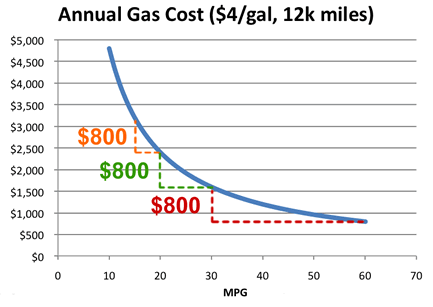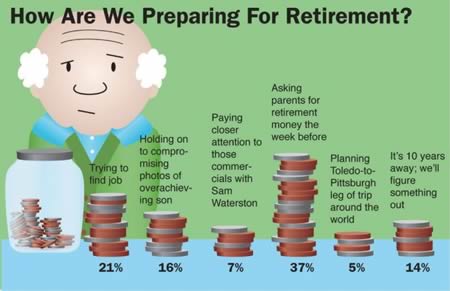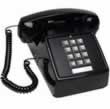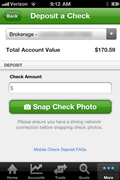With the arrival of summer and gas prices at around $4 a gallon, the water cooler conversation has turned again to fuel efficiency. One important thing to remember is that the MPG number is not directly proportional to how much money you’re paying for gas. The chart below shows the annual cost of gas varies with the miles-per-gallon rating. Assumptions are 12,000 miles driven a year at $4/gallon.

Going from a medium-sized SUV that gets 20 mpg (Ford Explorer, Nissan Xterra) to a compact car that gets 30 mpg (Honda Civic, Ford Focus) will save you $800 a year. That is more money than going from the compact car to a hybrid like a Toyota Prius that gets 50 mpg combined, which would save you $640 a year.
Now, if you are driving a full-size truck that gets 15 mpg, just going from 15 to 20 mpg would also save you $800 a year. So we see that going from 15 to 20, 20 to 30, and 30 to 60 mpg are each about the same size “step” in terms of annual savings. For heavy drivers, each such step would be nearly $1,000 a year in gas, and that’s assuming gas prices don’t keep increasing! Look up your car’s numbers at FuelEconomy.gov.
So while making the jump to 50 mpg would still save you the most gas, the Prius still costs more money than a similarly-sized compact car like a Honda Fit. One piece of good news I read recently was from Scott Burns at AssetBuilder that his Prius batteries have lasted 100,000 miles and 8 years with no need for replacement. If you get good at buying and selling used cars on Craigslist, you could conceivably make the swap to a more fuel-efficient car relatively painlessly.

 A recent government
A recent government  Fidelity Investments has just added some
Fidelity Investments has just added some 
 Here’s a reminder regarding an opportunity to buy savings bonds near the end of May and receive an annualized return of 2.51% over the next 11 months. This would be 1% more than the highest current CD rates, with potential for continued higher interest. See
Here’s a reminder regarding an opportunity to buy savings bonds near the end of May and receive an annualized return of 2.51% over the next 11 months. This would be 1% more than the highest current CD rates, with potential for continued higher interest. See  PayPal announced today that you can now deposit checks in your PayPal account via photo upload from both
PayPal announced today that you can now deposit checks in your PayPal account via photo upload from both 


 The Best Credit Card Bonus Offers – March 2024
The Best Credit Card Bonus Offers – March 2024 Big List of Free Stocks from Brokerage Apps
Big List of Free Stocks from Brokerage Apps Best Interest Rates on Cash - March 2024
Best Interest Rates on Cash - March 2024 Free Credit Scores x 3 + Free Credit Monitoring
Free Credit Scores x 3 + Free Credit Monitoring Best No Fee 0% APR Balance Transfer Offers
Best No Fee 0% APR Balance Transfer Offers Little-Known Cellular Data Plans That Can Save Big Money
Little-Known Cellular Data Plans That Can Save Big Money How To Haggle Your Cable or Direct TV Bill
How To Haggle Your Cable or Direct TV Bill Big List of Free Consumer Data Reports (Credit, Rent, Work)
Big List of Free Consumer Data Reports (Credit, Rent, Work)